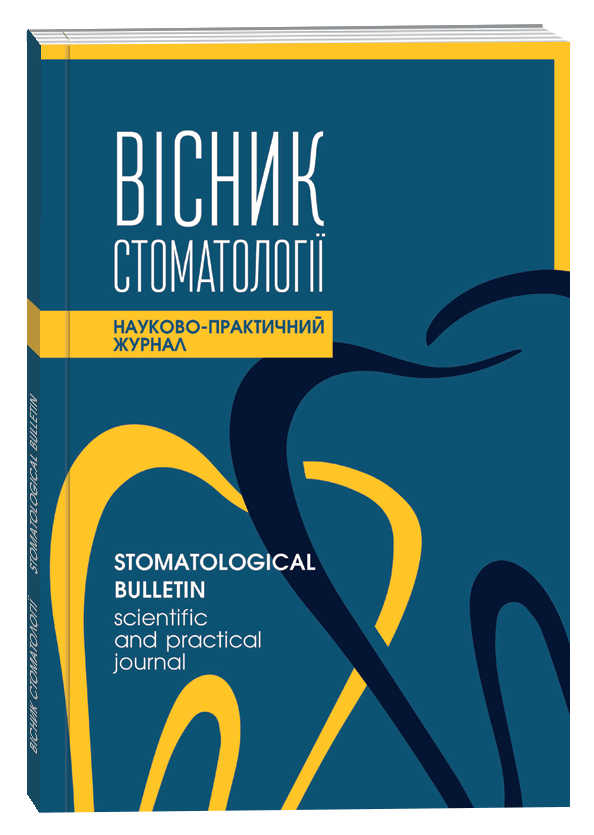https://docomomobrasil.com/revista-novo/public/journals/4/slot-deposit-dana/
https://revista.fdci.edu.br/
http://somehide.org/slot-gacor-maxwin/
http://dopovidi-nanu.org.ua/sites/default/files/slot-gacor/
http://istu.edu.ua/wp-content/uploads/2022/04/slot-deposit-pulsa/
https://theshillonga.com/public/journals/3/slot-deposit-dana/
http://epass.khnu.km.ua/slot-deposit-pulsa/
http://mev.khnu.km.ua/wp-content/uploads/2022/07/slot-pulsa/
https://anabaptismtoday.co.uk/public/site/slot-gacor/
http://ojs.khnu.km.ua/wp-content/uploads/2018/10/slot-deposit-dana/
http://csitjournal.khmnu.edu.ua/public/journals/1/slot-deposit-dana/
http://tmit.khnu.km.ua/wp-content/uploads/2022/10/slot-deposit-pulsa/
https://plum.co.az/wp-content/uploads/2022/10/slot-gacor/
http://csitjournal.khmnu.edu.ua/slot-deposit-pulsa/
http://upc.khnu.km.ua/wp-content/uploads/2022/10/slot-gacor/
https://kiadvany.magyarhonvedseg.hu/public/journals/2/slot-deposit-dana/
https://chasopys-ppp.dp.ua/public/site/slot-deposit-pulsa/
https://revistas.pge.sp.gov.br/styles/slot-deposit-pulsa/
https://www.ncst.mw/wp-content/uploads/slot-online/
https://anabaptismtoday.co.uk/public/journals/1/slot-deposit-pulsa/
https://jcsit.ir/ojs/public/site/slot-gacor-maxwin/
http://ojs.faculdademetropolitana.edu.br/public/site/slot-deposit-dana/
http://vocesyrealidadeseducativas.com/ojs/public/site/joker123/
http://conference.4moms.com/
https://www.publicacoes.unirios.edu.br/docs/manual/slot-deposit-pulsa/
https://rpto.ipleiria.pt/public/site/slot-gacor/
https://philol-izvestia.vspu.ru/docs/manual/slot-online/
https://fdci.edu.br/js/slot-gacor-maxwin/
http://philol-izvestia.vspu.ru/public/journals/1/rtp-live/
https://rpto.ipleiria.pt/slot-gacor/
https://revistabr.docomomobrasil.com/public/site/slot-gacor-2022/
https://malawidiaspora.gov.mw/slot-deposit-pulsa/
https://ijbtob.org/public/slot-gacor/
http://revistaaristas.tij.uabc.mx/public/slot-deposit-dana/
https://dopovidi-nanu.org.ua/ojs/styles/situs-slot-gacor/
http://ojs3.bkstm.org/public/journals/1/togel-online/
https://rpto.ipleiria.pt/styles/slot-deposit-pulsa/
http://app.fiepr.org.br/revistacientifica/public/site/slot-deposit-dana/
https://rbiad.com.br/public/journals/1/rtp-live/
http://epass.khnu.km.ua/js/slot-gacor/
http://revistaaristas.tij.uabc.mx/public/link-slot-gacor/
https://www.lotusobezitecerrahisi.com/wp-content/uploads/2022/10/slot-deposit-pulsa/
https://atps.psu.ru/public/slot-gacor/
https://penerbit.undip.ac.id/public/site/slot-gacor/
https://penerbit.undip.ac.id/pages/slot-deposit-pulsa/
https://jurnal.madiunkab.go.id/pages/slot-gacor-4d/
http://stikeskendal.ac.id/wp-content/uploads/2022/06/slot-deposit-pulsa/
https://binamarga.pu.go.id/uploads/videos/
http://stikesmuhbojonegoro.ac.id/wp-content/uploads/2022/10/bola88/
https://jurnal.madiunkab.go.id/public/site/slot-gacor-4d/
https://jurnal.madiunkab.go.id/public/journals/2/slot-deposit-pulsa/
https://revistas.infotegra.com/public/slot-gacor-4d/
https://perizinan.jambikota.go.id/frontend/web/slot-online/
https://sjlas.org/pages/togel-online/
https://jurnalergonomik3.ti.itb.ac.id/pages/slot-online/
https://www.saludtundama.gov.co/new/files/slot-gacor-terbaru/
https://ejournal.uinib.ac.id/jurnal/pages/slot4d/
http://sipenta.bappeda.tulungagung.go.id/storage/uploads/slot-gacor/
https://polman-bandung.ac.id/wp-content/slot-deposit-pulsa/
https://stisnu-aceh.ac.id/wp-content/uploads/2022/10/togel-online/
https://www.ncst.mw/wp-content/plugins/bar/
https://ivet.edu.ua/-/togel-online/
https://e-jurnal.stkipmsampit.ac.id/pages/slot/
https://tikinet.com.br/wp-content/live-draw/
https://jdih.banjarbarukota.go.id/slot-gacor/
http://neomaterials.hanyang.ac.kr/bbs/slot-deposit-pulsa/
https://es.istu.edu.ua/public/dingdong/
https://jdih.banjarbarukota.go.id/assets/slot-gacor/
http://huso.vru.ac.th/mis/upload/journal/slot4d/
https://kphpberauutara.kaltimprov.go.id/slot-dana/
https://kphpmanubar.kaltimprov.go.id/public/web/slot-online/
https://kphpberaupantai.kaltimprov.go.id/public/rtp-live-slot/
https://aar-healthcare.com/ke/wp-content/slot-dana/
https://kphpbengalon.kaltimprov.go.id/slot-deposit-pulsa/
https://mahamerupublisher.org/public/situs-togel/
https://www.lotusobezitecerrahisi.com/wp-content/slot-deposit-pulsa-tanpa-potongan/
https://kphpberaubarat.kaltimprov.go.id/slot/
https://jbis.ueh.edu.vn/slot-gacor-hari-ini/
http://pt.khmnu.edu.ua/public/journals/1/slot-gacor-2022/
https://kphpberautengah.kaltimprov.go.id/public/link-slot/
http://pis.rid.go.th/systemwork/chanburi/rsource/situs-slot-gacor/
https://kphpmeratus.kaltimprov.go.id/-/slot-gacor/
https://sdit.bengkong.fajarilahi.sch.id/assets/slot-pulsa/
https://kphpmookmanoorbulatn.kaltimprov.go.id/public/slot-deposit-pulsa/
https://kphpsubdasbelayan.kaltimprov.go.id/public/Slot-Gacor-4D/
https://kphpkendilo.kaltimprov.go.id/demo-slot-pragmatic/
https://tahurabs.kaltimprov.go.id/live22/
https://kphpbongan.kaltimprov.go.id/public/agen-slot/
https://jurnal.madiunkab.go.id/pages/slot-gacor/
https://iotbizlator.kominfo.go.id/-/slot-gacor/
https://kphpdamai.kaltimprov.go.id/togel-online/
https://jmmm.material.chula.ac.th/files/slot-hoki/
https://jmmm.material.chula.ac.th/files/rtp-live/
https://ictapp.unsam.ac.id/slot-gacor/









